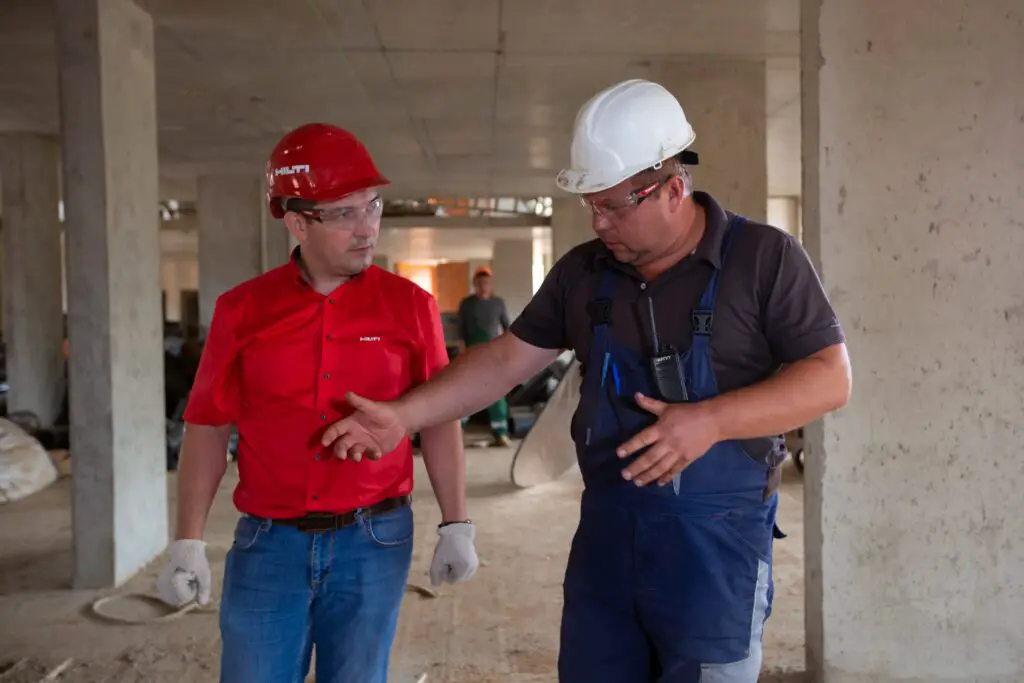
Navigating Toxicity in the Construction Industry: Guaranteed Strategies for Dealing with Difficult Individuals
Working in the construction industry can be both rewarding and challenging. From managing tight schedules to coordinating complex projects, construction professionals face numerous hurdles in their day-to-day work.
However, one of the most significant challenges often comes in the form of toxic individuals. Dealing with toxic people can be emotionally draining and detrimental to productivity.
In this article, we will explore the various types of toxic behavior commonly found in construction and provide strategies for effectively managing and minimizing their impact on your work and overall well-being.
Understanding Toxicity in Construction: Toxic behavior in construction can manifest in different ways, impacting both individuals and teams. Here are some common types of toxic individuals found in the construction industry:
The Bully:
Bullies in construction tend to be aggressive, belittling, and prone to intimidation. They thrive on exerting control and may undermine or sabotage others to maintain their dominance.
The Negativist:
Negativists are perpetually pessimistic and critical. They drain energy and motivation from those around them by constantly highlighting problems without offering constructive solutions.
The Manipulator:
Manipulators are adept at playing mind games and manipulating situations to their advantage. They are skilled at exploiting others’ weaknesses or vulnerabilities to achieve their goals.
The Slacker:
Slackers consistently underperform, often pushing their share of the workload onto others. They create frustration and resentment among team members who must pick up the slack.
The Gossip:
Gossips thrive on spreading rumors and engaging in office politics. They create a toxic environment by sowing seeds of discord and eroding trust among team members.
Strategies for Dealing with Toxic People: Dealing with toxic individuals requires a combination of self-awareness, assertiveness, and proactive communication. Here are some strategies to help you navigate toxic behavior in the construction industry:
Set Boundaries:
Establish clear boundaries by clearly communicating your expectations and limits. Let toxic individuals know what behavior is unacceptable and enforce consequences when necessary.
Practice Emotional Intelligence:
Develop emotional intelligence to remain calm and composed when confronted with toxic behavior. Recognize your own triggers and learn to manage your emotional responses effectively.
Seek Support:
Build a network of supportive colleagues and mentors who can provide guidance and understanding. Share your experiences and seek their advice on managing toxic individuals in the workplace.
Document Incidents:
Keep a record of specific incidents involving toxic behavior. Document dates, times, and descriptions of the events, as well as any witnesses. This documentation can be crucial if you need to escalate the issue to management or HR.
Confront Constructively:
When addressing toxic behavior, choose a private setting and engage in a calm, assertive conversation. Use “I” statements to express how the behavior affects you and suggest alternative approaches.
Practice Self-Care:
Taking care of yourself is vital when dealing with toxic people. Engage in activities that help reduce stress and maintain a healthy work-life balance. Consider mindfulness exercises, physical exercise, or pursuing hobbies to rejuvenate yourself.
Escalate if Necessary:
If toxic behavior persists despite your efforts to address it, consider escalating the issue to your supervisor, HR department, or a trusted senior manager. Provide them with the documented incidents and explain the impact on your work environment.
Conclusion:
Working with toxic people in the construction industry can be challenging, but it is essential to protect your mental well-being and maintain a positive work environment. By understanding the different types of toxic behavior, setting boundaries, practicing emotional intelligence, seeking support, documenting incidents, confronting constructively, practicing self-care, and escalating when necessary, you can effectively manage and mitigate the impact of toxic individuals in your professional life.
To see other material construction prices, please see here.
To know other construction guides, tips, and methodology for beginners, veterans, and contractors, please see here.
